I recently tested the new image creator engine with the help of artificial intelligence from Bing, powered by DALL-E 3. I must say that I am deeply impressed with the results obtained from the very first generations.
I will describe the impressions I have accumulated after a few days of use:
First of all, I find it to be above stable diffusion in terms of the results obtained. Another important aspect is that it can be used for free up to 15 generations per day. Another interesting thing is that it randomly generates not just one image, but 4 or 2, without me knowing why or when; it simply randomizes using the same prompt (such as midjourney, which offers 4 variations). There are no settings, no complex models like stable diffusion; it’s just a prompt bar, and the result is in a resolution of 1024px x 1024px in jpg format. On the right, there is a tab with the latest generations (“recent”), but not all of them (for example, it won’t contain 15 generations), so I recommend that after each generation, you click on the generated image and download it to avoid losing it from the recent list. Furthermore, some prompts are blocked if they are deemed to contain indecent content, even if there are no explicit words, but rather, the conclusion is drawn based on certain blocked words.
I did a little online research to understand how DALL·E 3’s NSFW filter works. According to information I found online, there’s a two-step process in place. First, there’s a filter that eliminates any non-safe words from the prompt. Second, there’s an AI-based filter that analyzes the potential image that could be generated to determine if it has NSFW (Not Safe for Work) potential. This is relatively easy to test with words that are completely safe but, within the context of the prompt, could clearly imply a nude image. The general advice from many online sources is to avoid trying explicit prompts for generating NSFW content, as doing so may risk the suspension of your account.
Below, I used the same prompt for both stable diffusion and DALL-E3 to see what generations I get with these two engines.

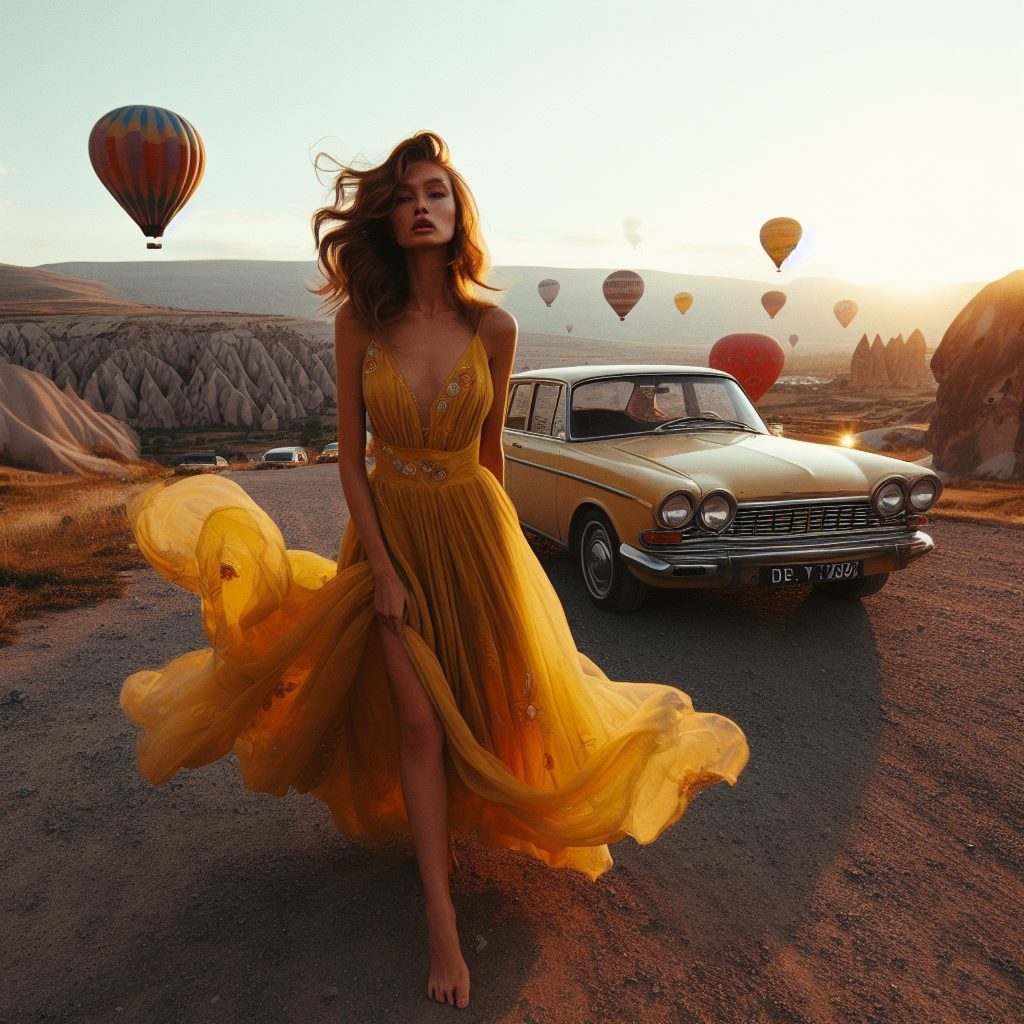
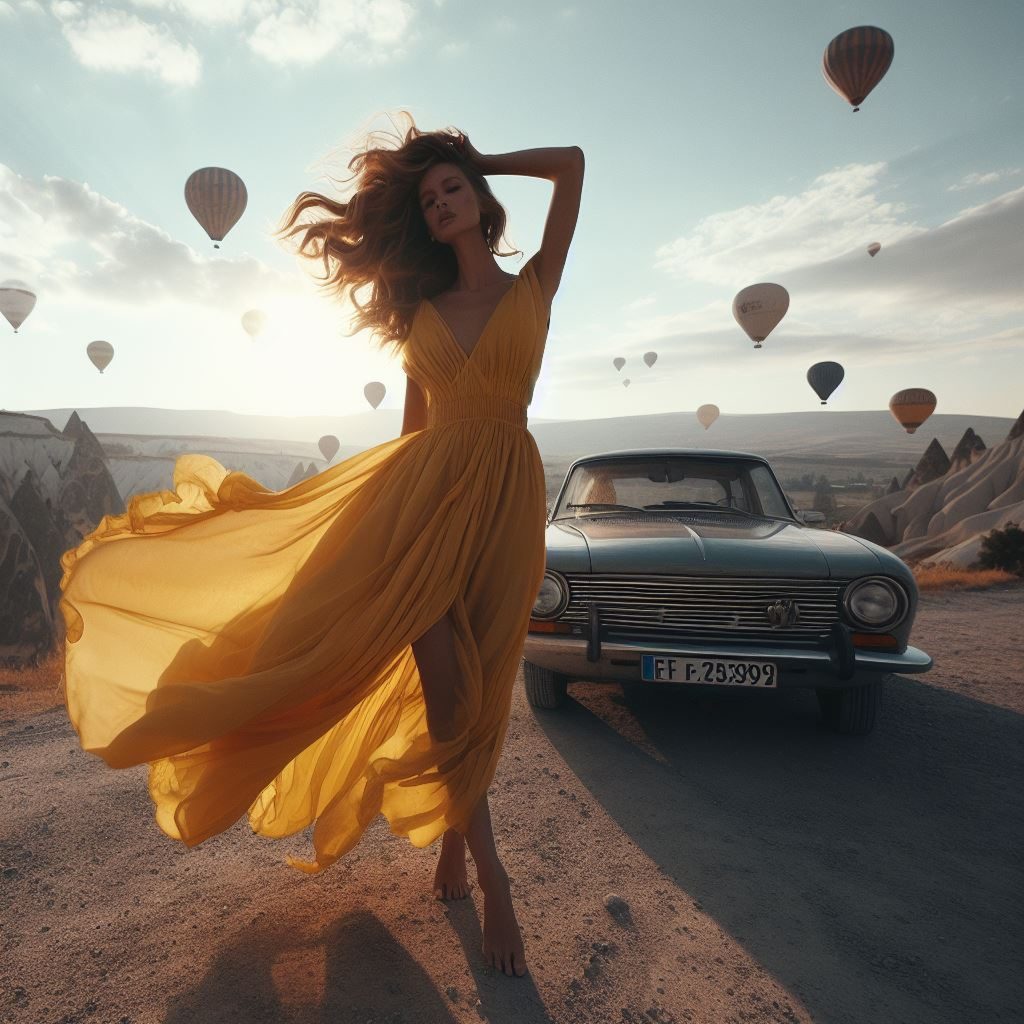
Images made with dall-e3
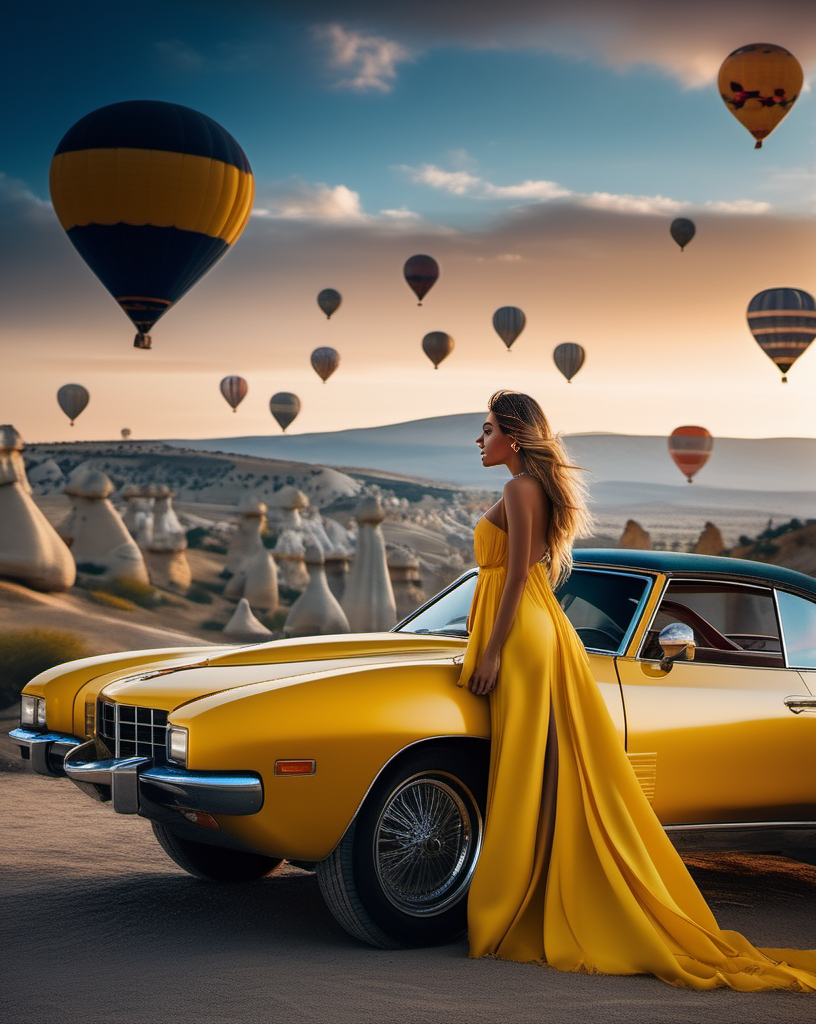
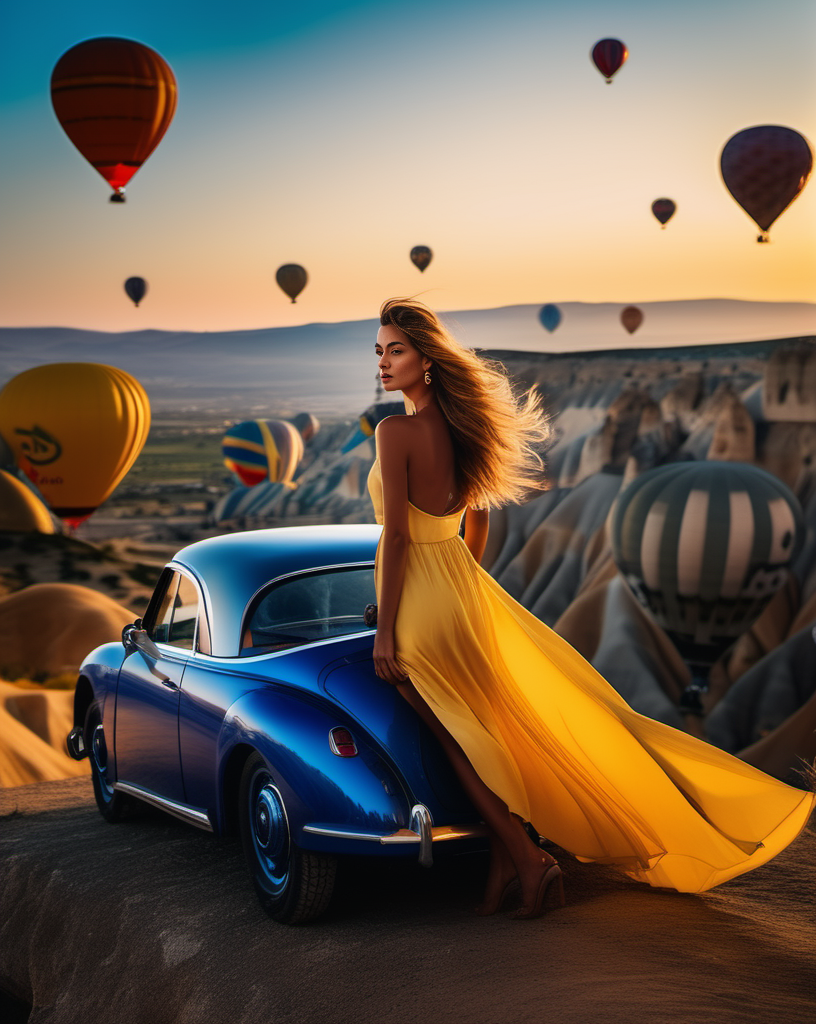
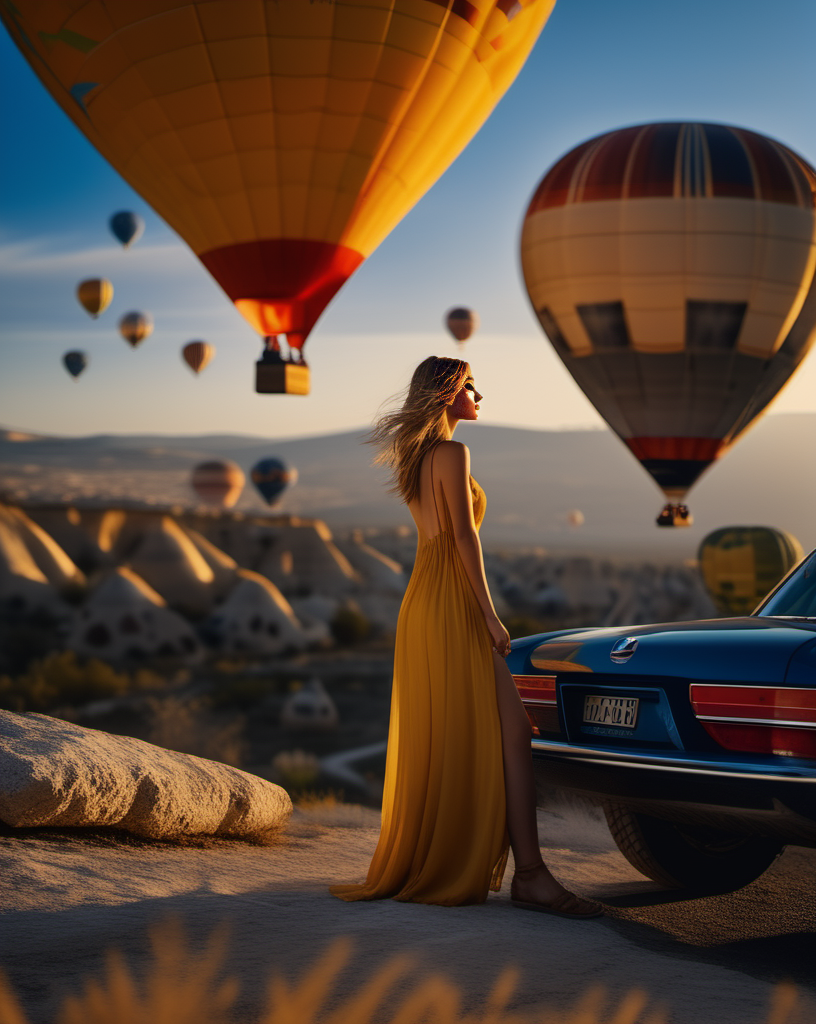
Images made with stable diffusion
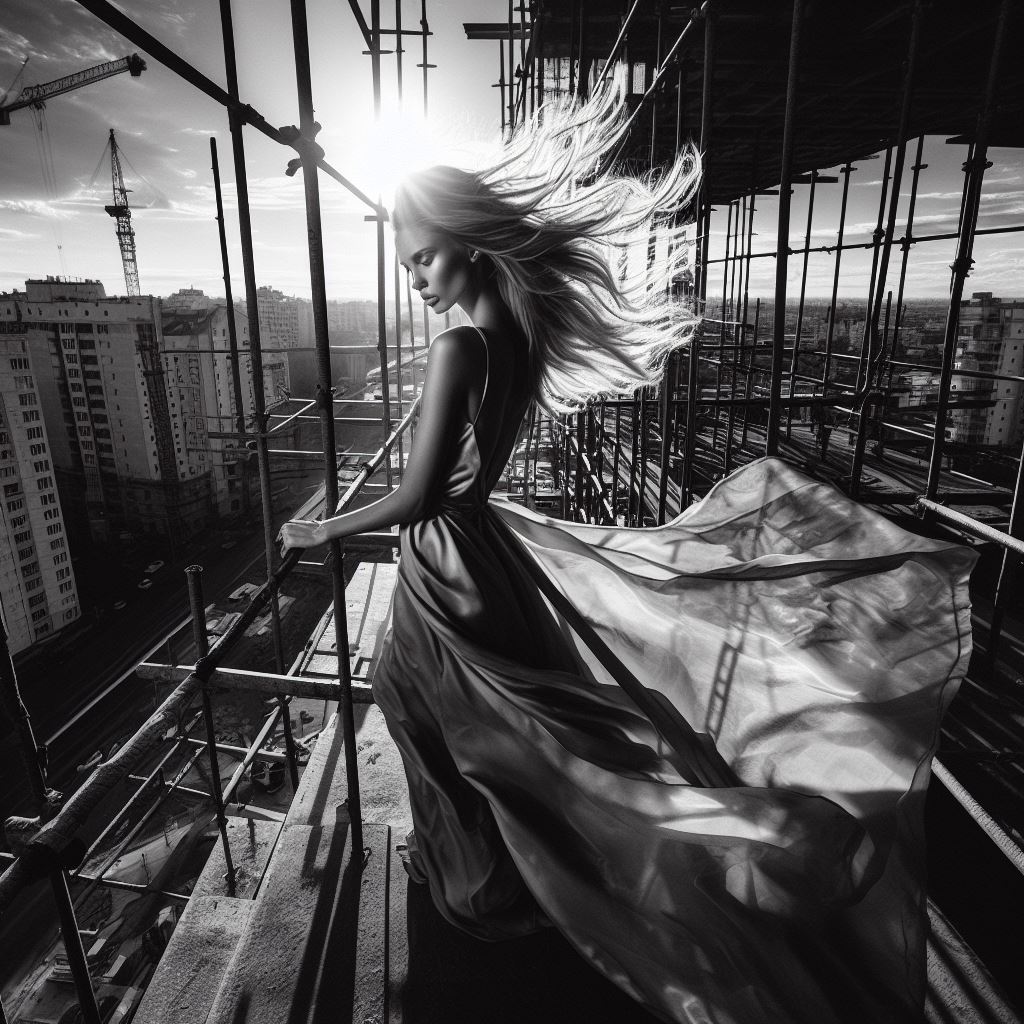
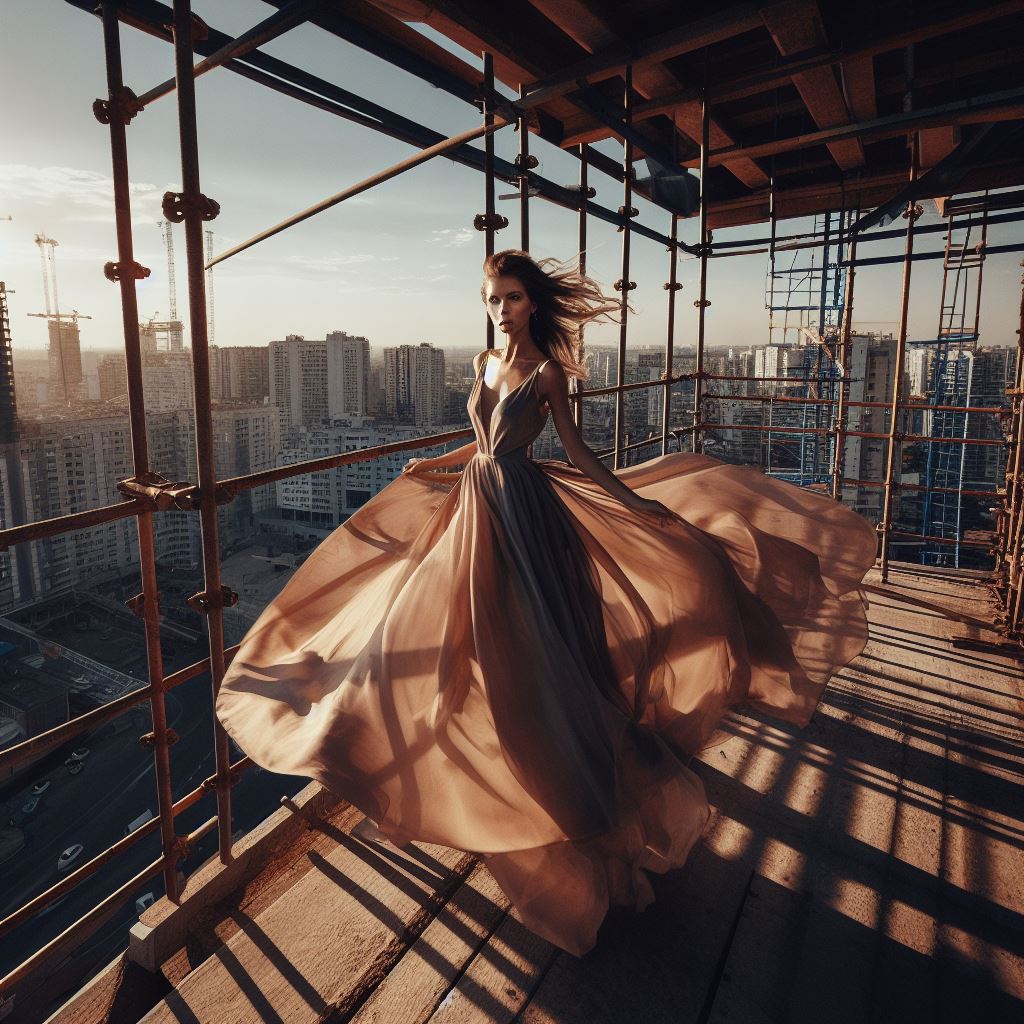
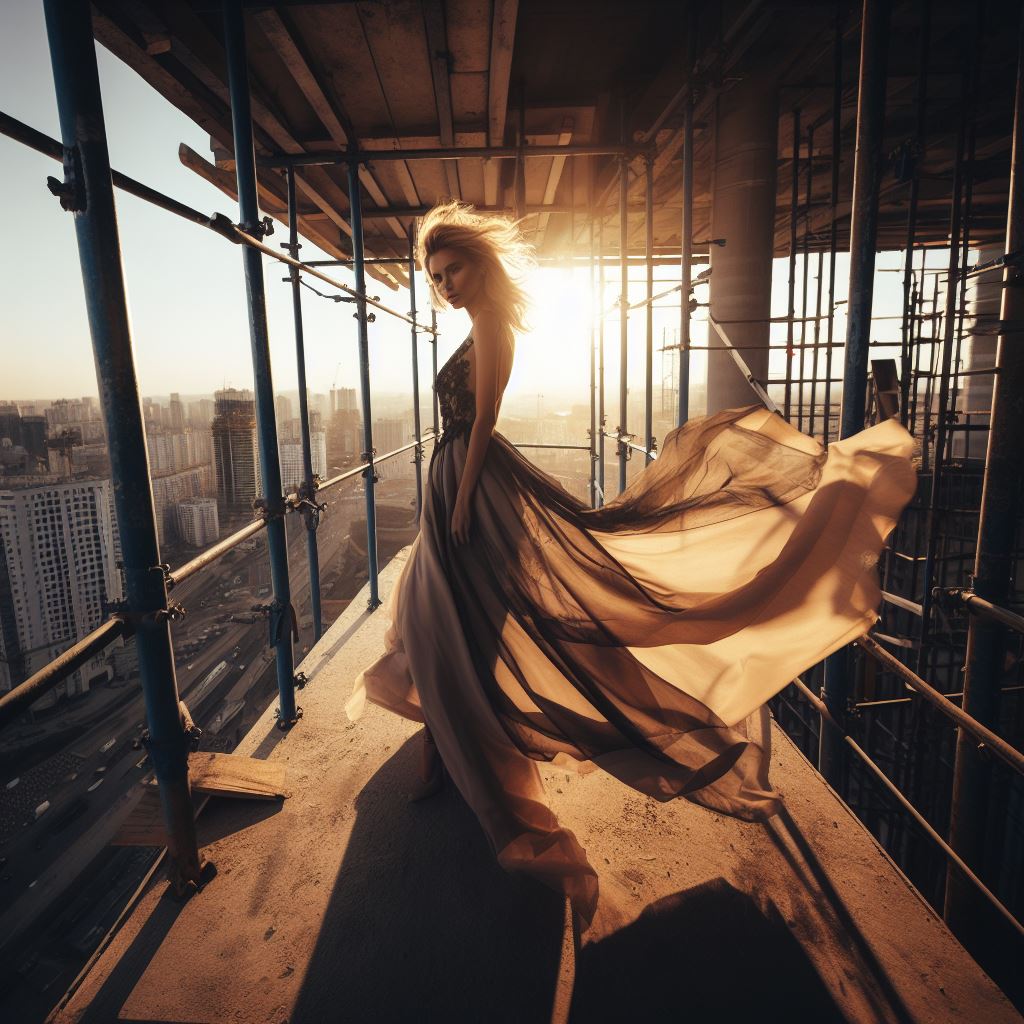
Images made with dall-e3
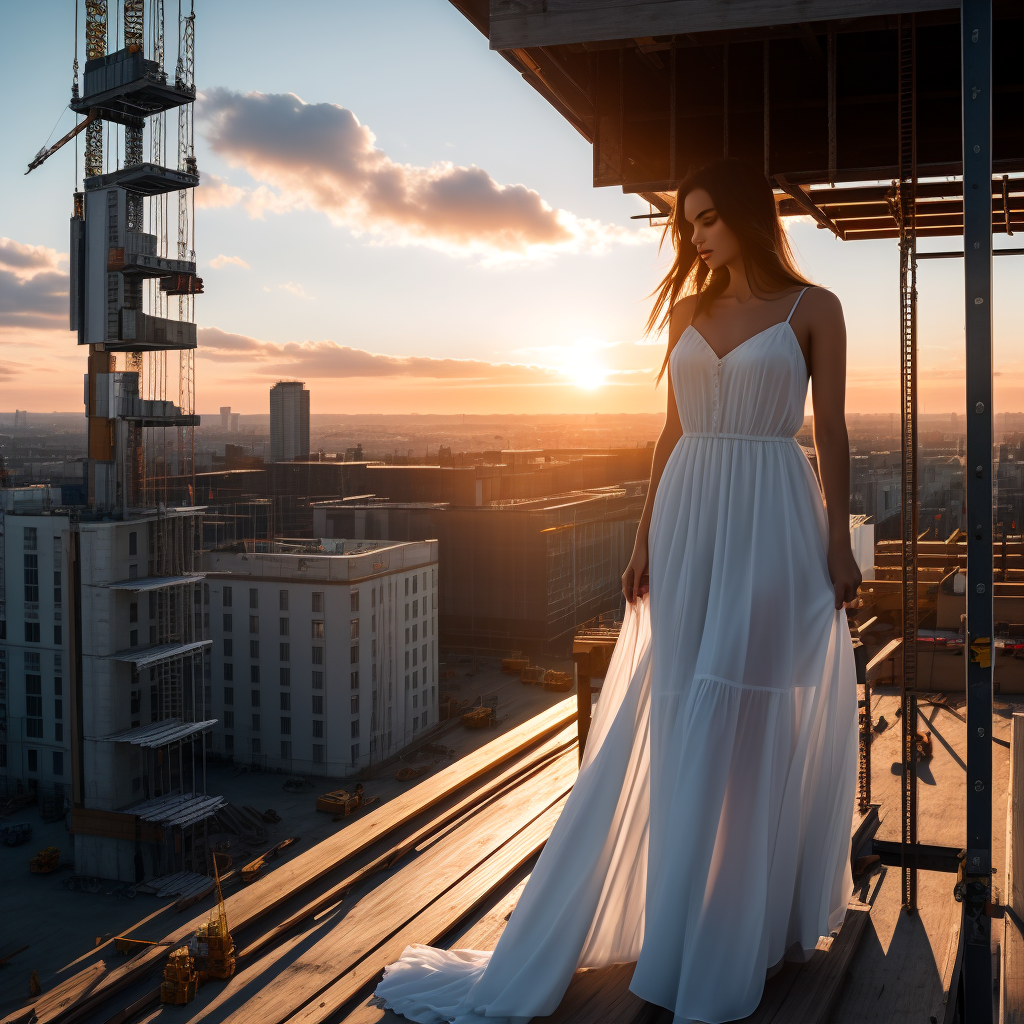
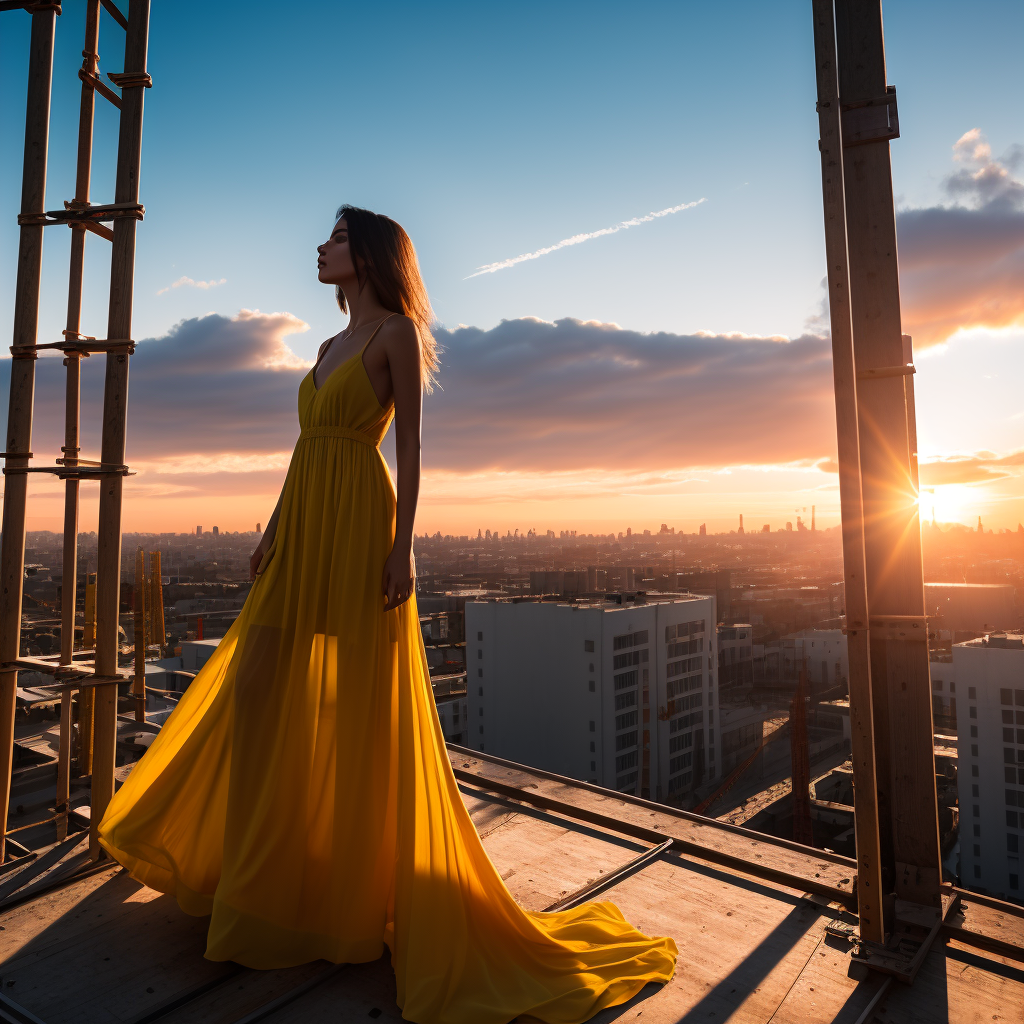
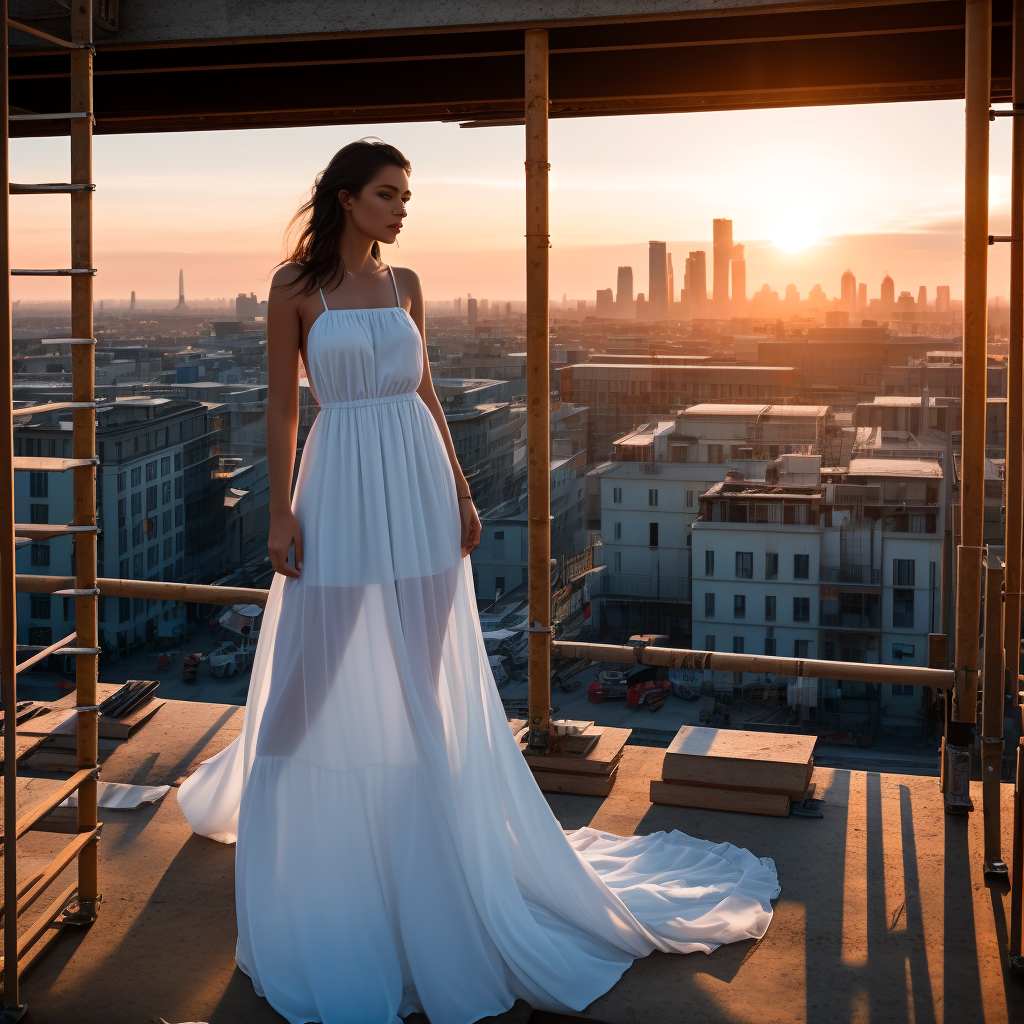
Images made with stable diffusion
In conclusion, even considering that SD uses trained models (I used the best engine to generate the most artistic), I can see with the naked eye that the artistic side of the Bing AI engine is extremely well-trained, and the generations are very artistic and error-free. But I believe that the best result is actually a mix of the two; at least that’s how I proceeded, because SD allows me to adjust the facial clarity of the generations, as can be seen in the following examples:
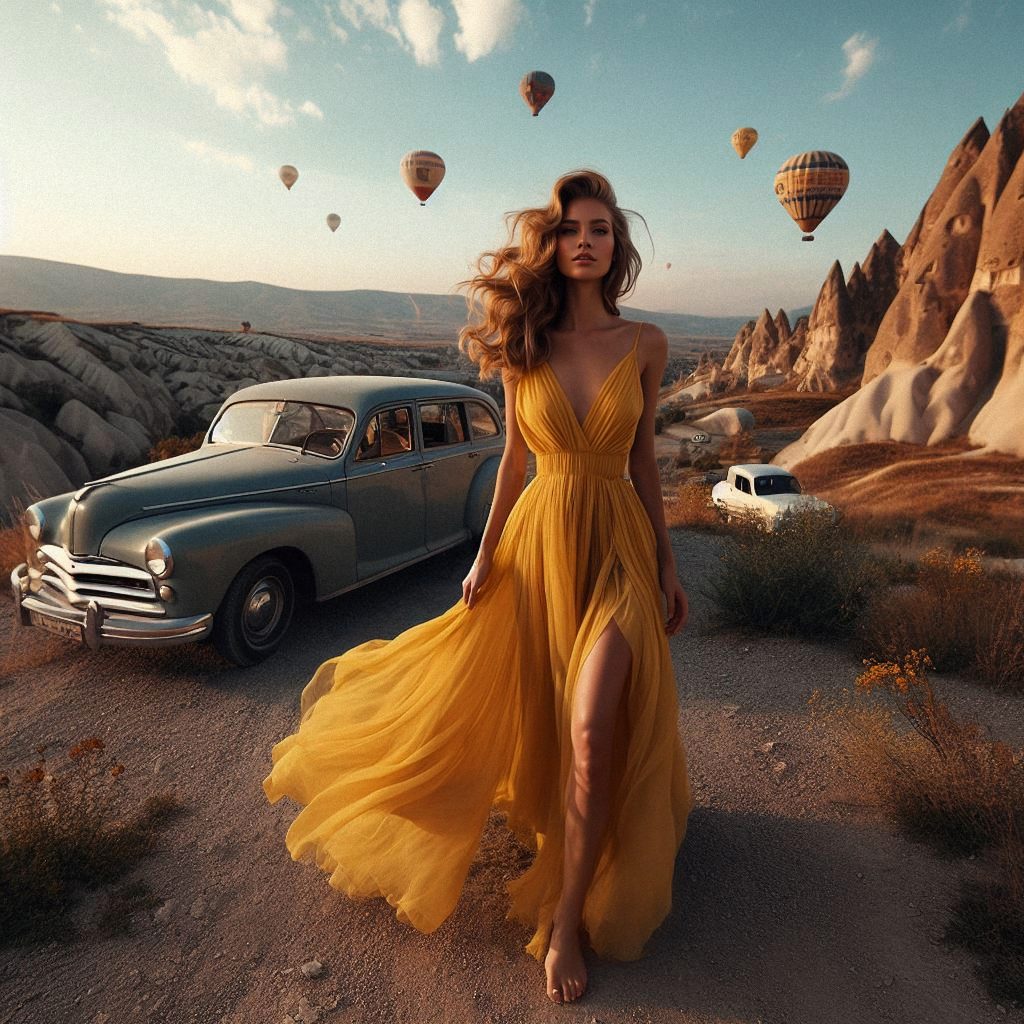
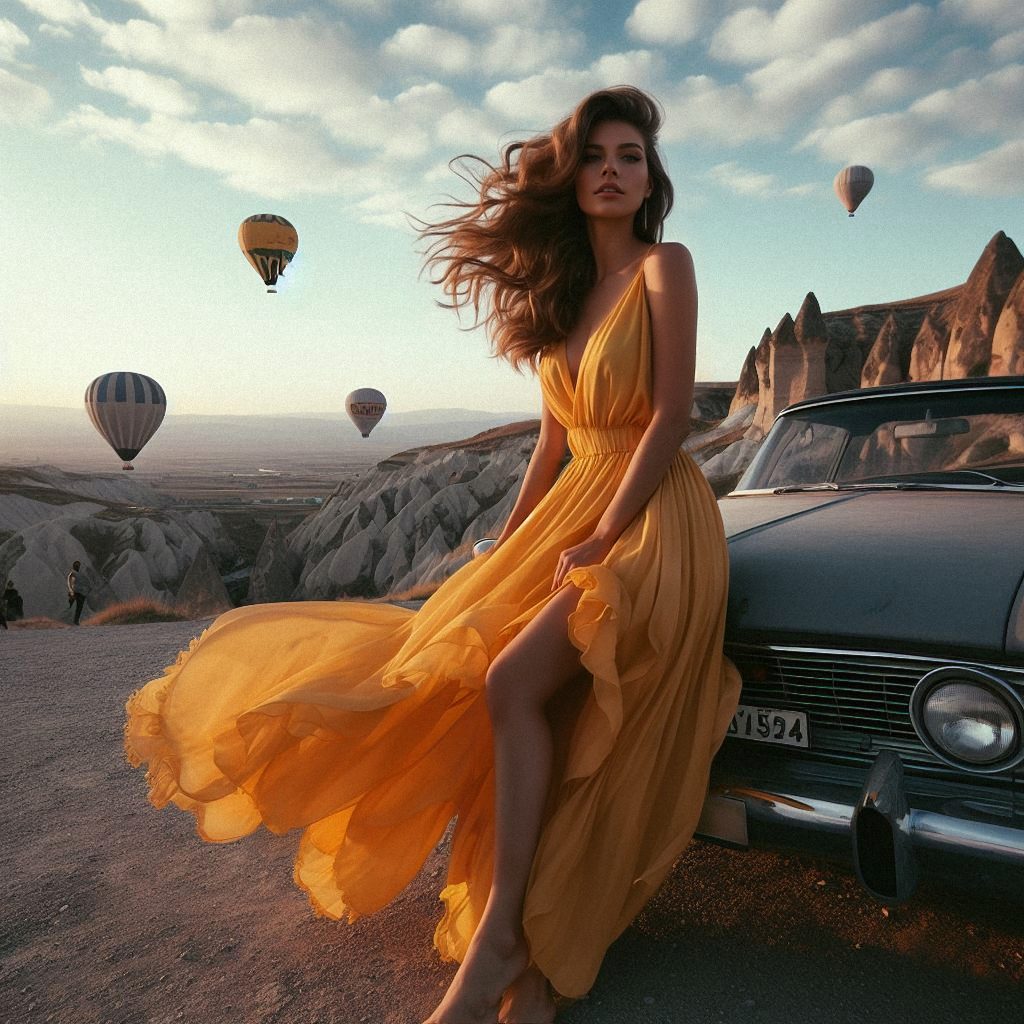
What are your thoughts? Leave me a comment about your impressions of DALL-E 3.

